The Solstice Stands Revealed
Blogs
06.21.2017
Shows are selling out for the 2025 Midwinter Revels - 3 performances left!
Buy TicketsBlogs
06.21.2017
Today is the longest day of the year and I turn to David Parr Artistic Director of California Revels for another excellent article on the solstice and related geophysical ephemera. This gem is reprinted from their newsletter in June 2009. Happy Summer Solstice!
Paddy Swanson June 21st 2017
Last month we considered the Solstice from the point of view of some of the mythic traditions associated with it, but now it’s time we examined these pivotal celestial events in the cold hard light of science. So, pocket protectors on, protractors in hand, let us set out to explode some of the more common Solstice misconceptions.
Assumption: There is no Solstice at the Equator.
The truth: While I had always assumed that the length of days and nights wouldn’t change much in Mitad del Mundo, Ecuador (Lat. 0’00”), for example, it turns out that the Sun doesn’t agree with me. Because the Earth’s axis is tilted 23.5 degrees from the vertical (how you determine “vertical” in interplanetary space is another question), the sun actually rises and sets in a whole range of spots along the Ecuadorian horizon. In fact at the Summer Solstice, it sets 23.5 degrees north of due west, and at the Winter Solstice, it sets 23.5 degrees south of due west, for a healthy 47 degrees of variance. For comparison, Oakland sees a 59.48 degree range. Out of 180 degrees possible, it isn’t nearly as different as you might expect.
Assumption: The Summer Solstice occurs on the day when the sunrise is the earliest and the sunset is the latest.
The truth: So you would think, but you’d be wrong. On the Solstice, the difference between the time of the sun rising and the sun setting is the greatest (or for the Winter Solstice, the least). The time of sunrise may continue to get earlier for four days or so beyond the Summer Solstice itself. In fact many cultures celebrate the event as a multi-day festival. This is due to a little understood scientific phenomenon called the “Slosh Factor”, which also accounts for why we can get heat waves in September, even though the days are supposed to be getting shorter. It is a result of the momentum of the cosmos (as well as its inattention to Science).
Assumption: The length of days and nights changes evenly as you move away from the equator.
The truth: Not really what you’d call evenly. This is a trick question because the length of day is related to where the sun sets and rises and this changes dramatically as you get farther north or south. You can test this yourself:
Find that little icon on your desktop for the calculator (no, not the solitaire one). Then choose the “Scientific” view – after all we’re doing science here. Now choose the latitude of someplace where you want to know the spot on the horizon where the sun will set on the Solstice. Type that in and hit the “cos” button (that stands for “cosine”, you can find it explained in Wikipedia under “magical incantations”). Now take the result and divide it by 23.5 (the angle of the earth’s axis, remember?).
This still won’t tell you where the sun is going to set. You have to be looking due west, and then turn just that number of degrees to the north (but only if you’re in the northern hemisphere and you’re concerned with the Summer Solstice. Everything is reversed for the Winter Solstice and also for the southern hemisphere, where water also goes down the drain backwards.). Of course due to the sheer perversity of the cosmos, (and the fact that somebody wasn’t paying good attention during high school trigonometry) this formula is only reliable within 50 degrees of the equator. Better to call a friend who lives in the place you’re interested in and ask them where and when the sun went down.
Assumption: The Summer Solstice in Norway lasts all night long.
The truth: This certainly seems plausible. If you accept the well-known scientific fact that the hours of sunlight are a function of how long it takes the chariot of Apollo to travel from the eastern to the western horizon (ref. last month’s article), then the farther it happens from where you are, the longer the day. In the northern hemisphere, that means long hours of light on the Summer Solstice. If you live near the North Pole (and many unfortunate Norwegians do), the hours of daylight on the Summer Solstice should approach 24. This phenomenon has never been empirically verified. While the sun may very well remain aloft into the A.M., due to the nature of Scandinavian Solstice festivities, no one is left standing to take notice.
Assumption: The Earth is flat.
The truth: I think we can safely say that the jury is still out on this one. Oh sure, you can bring up Aristotle, Copernicus, and Columbus and that lot. But how many of them actually spent any serious time in, say, Nebraska?
David Parr, Artistic Director California Revels.

Read More

Read More

Read More

Read More

Read More

Read More

Read More

Read More

Read More

Read More
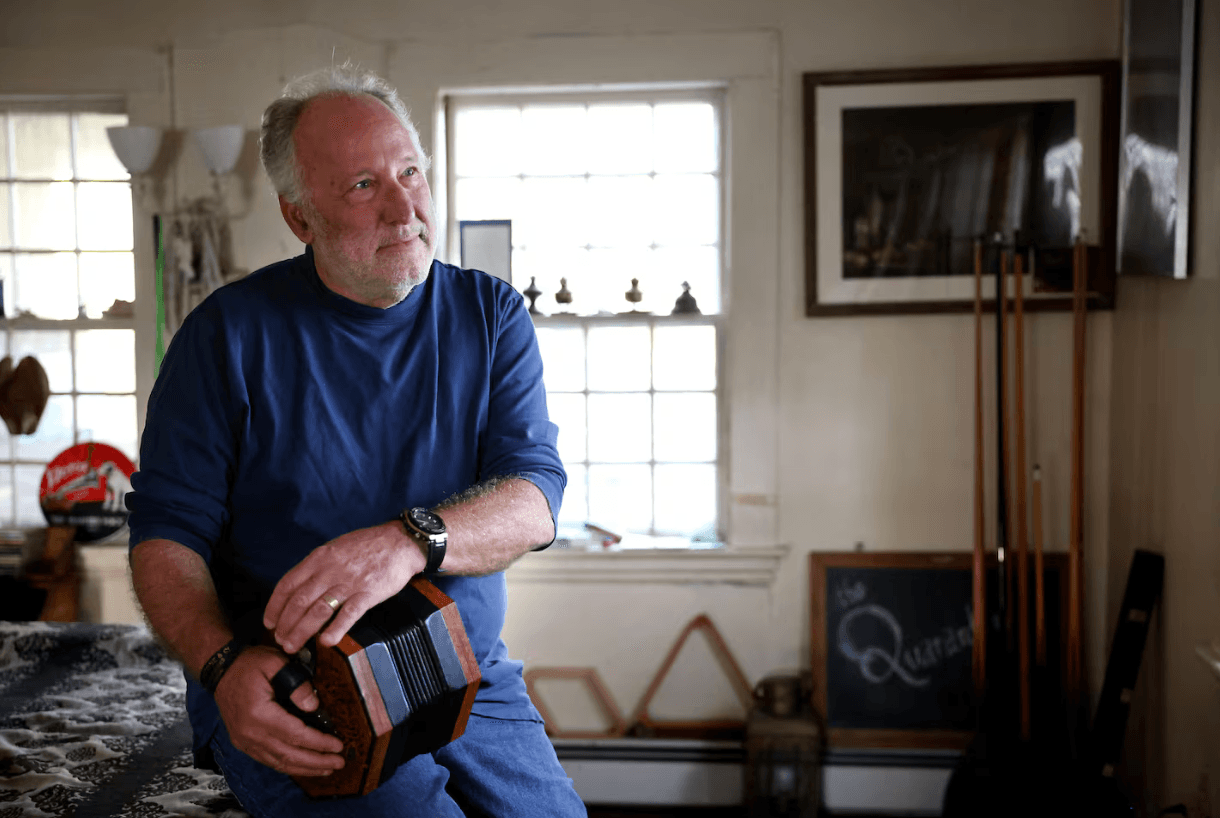
Read More
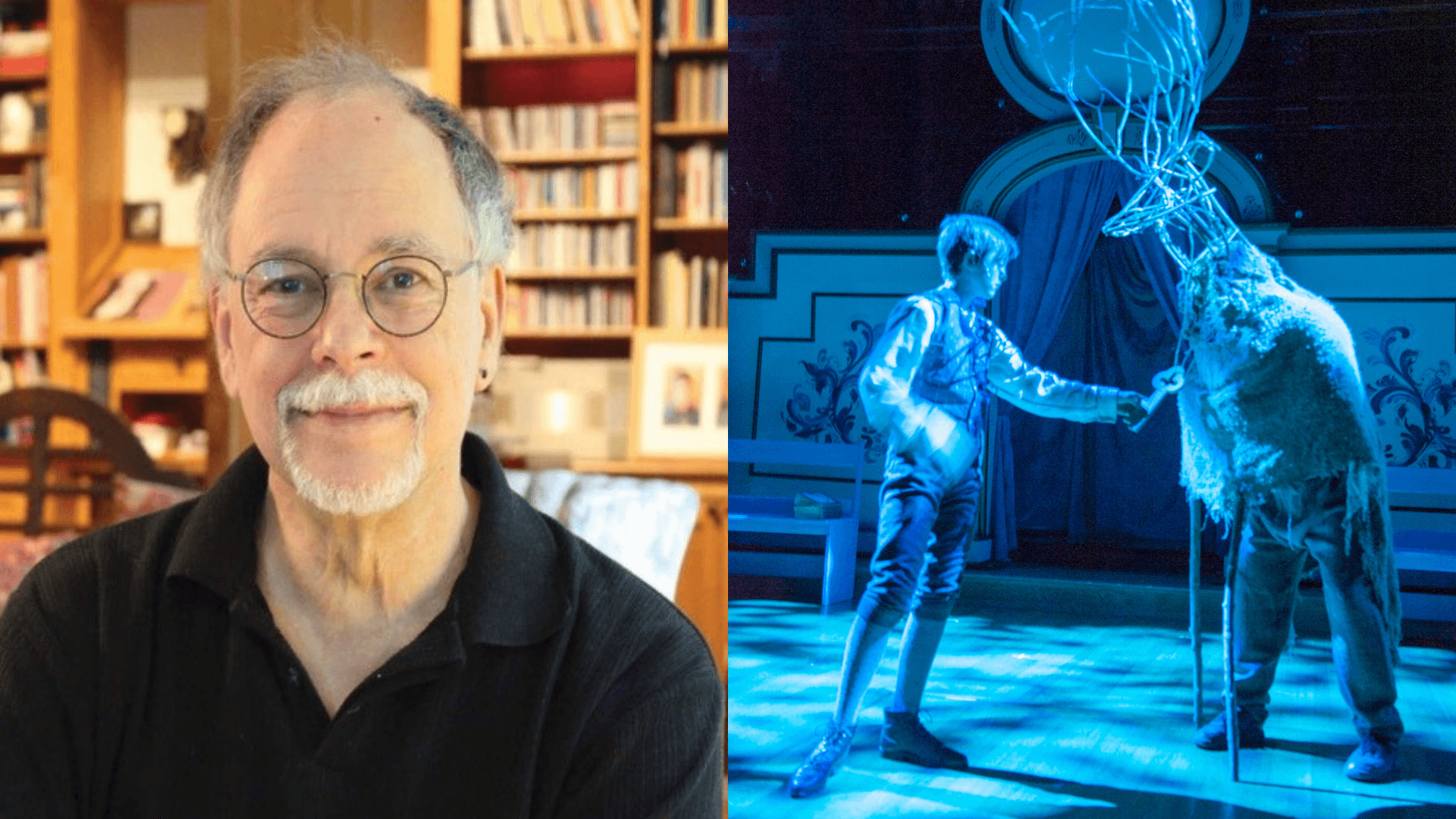
Read More

Read More

Read More

Read More

Read More

Read More

Read More

Read More
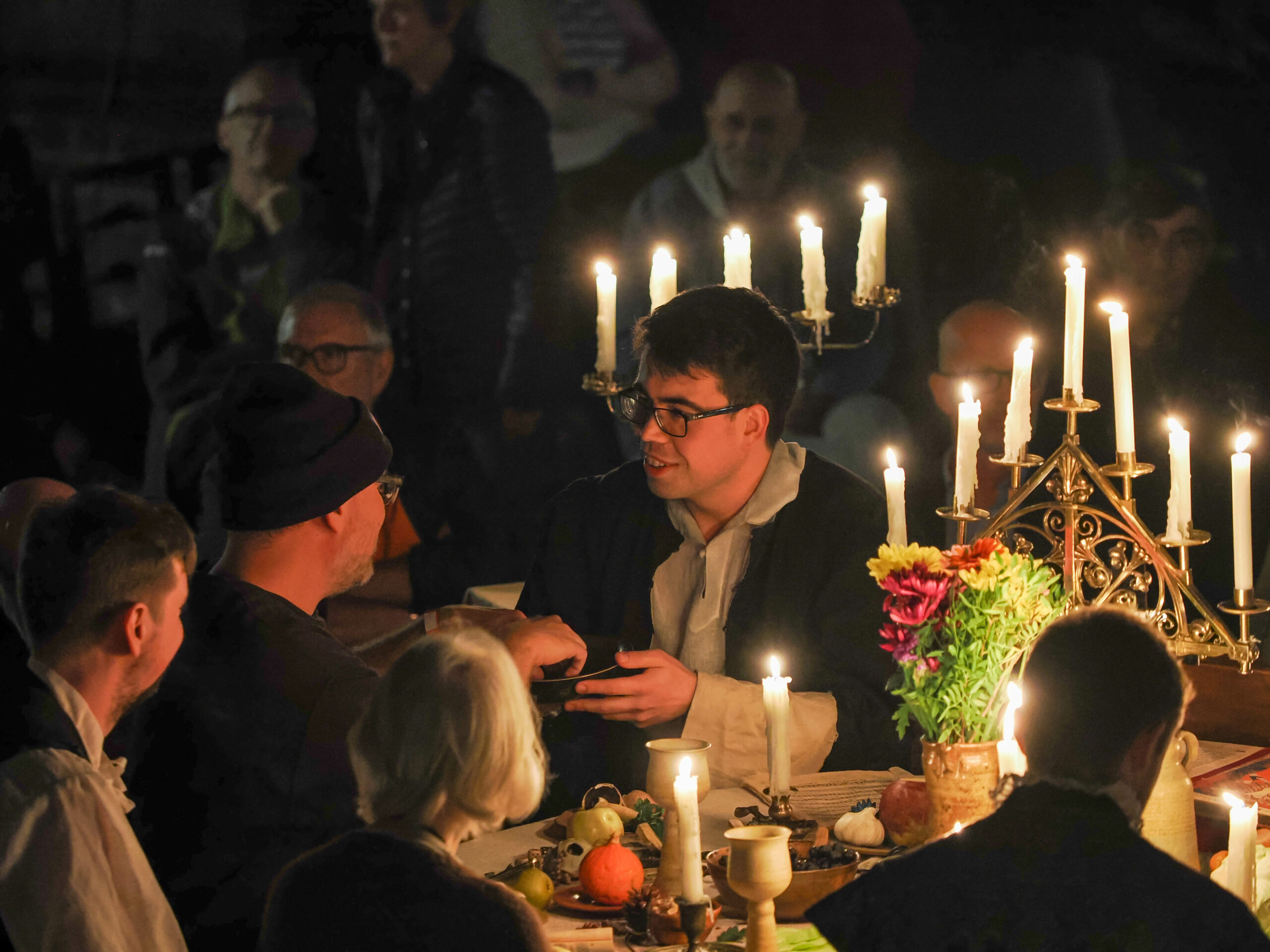
Read More
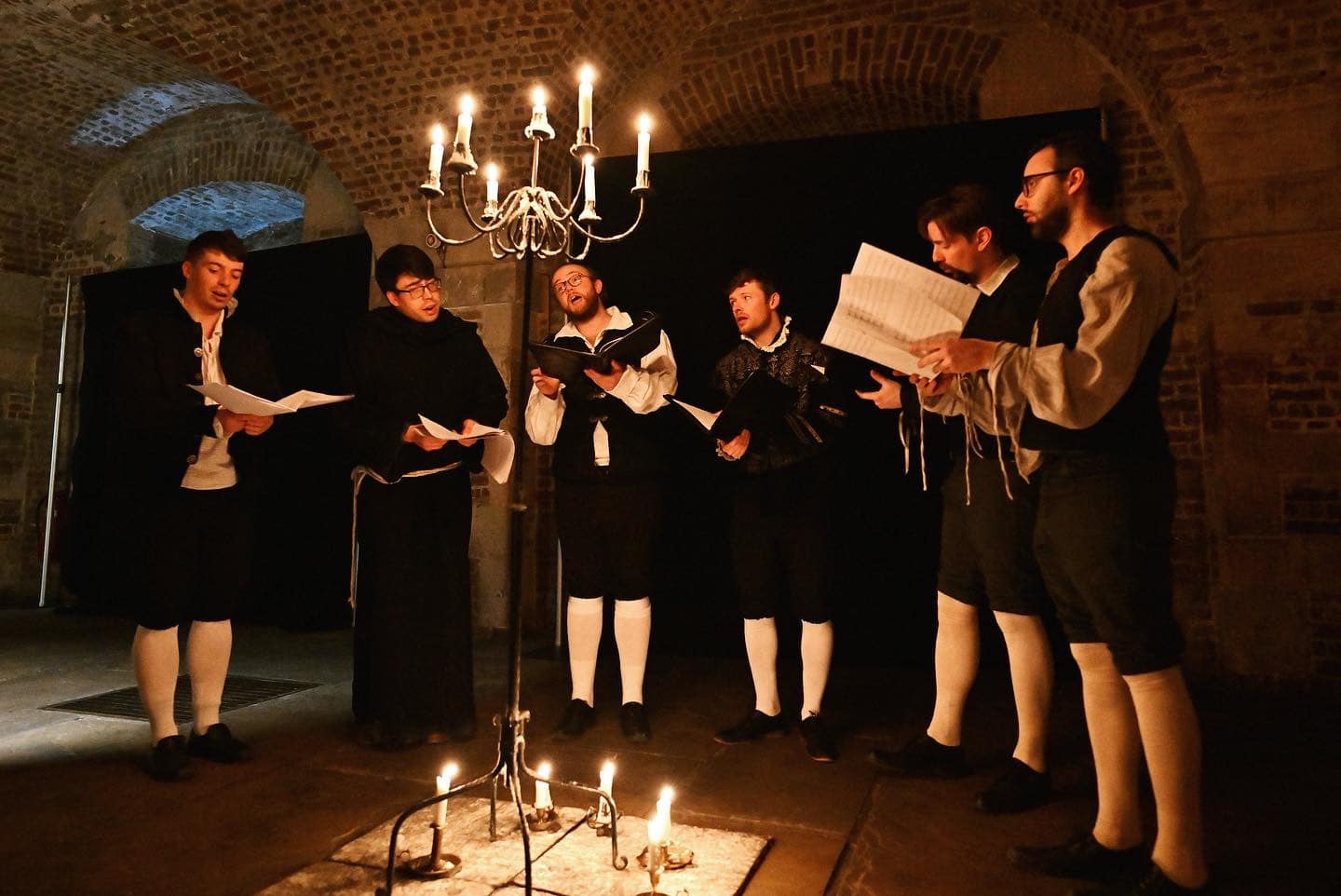
Read More

Read More
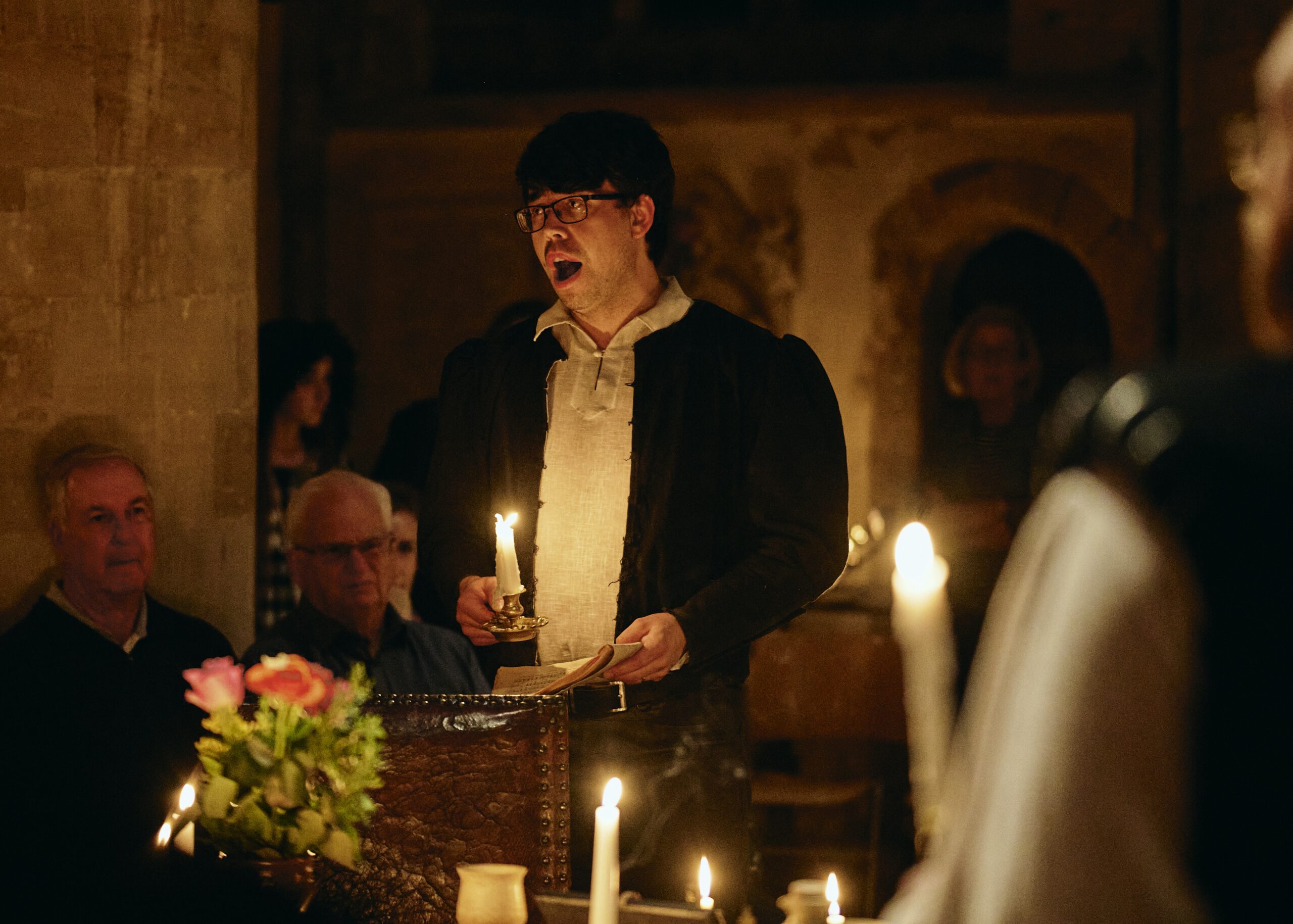
Read More
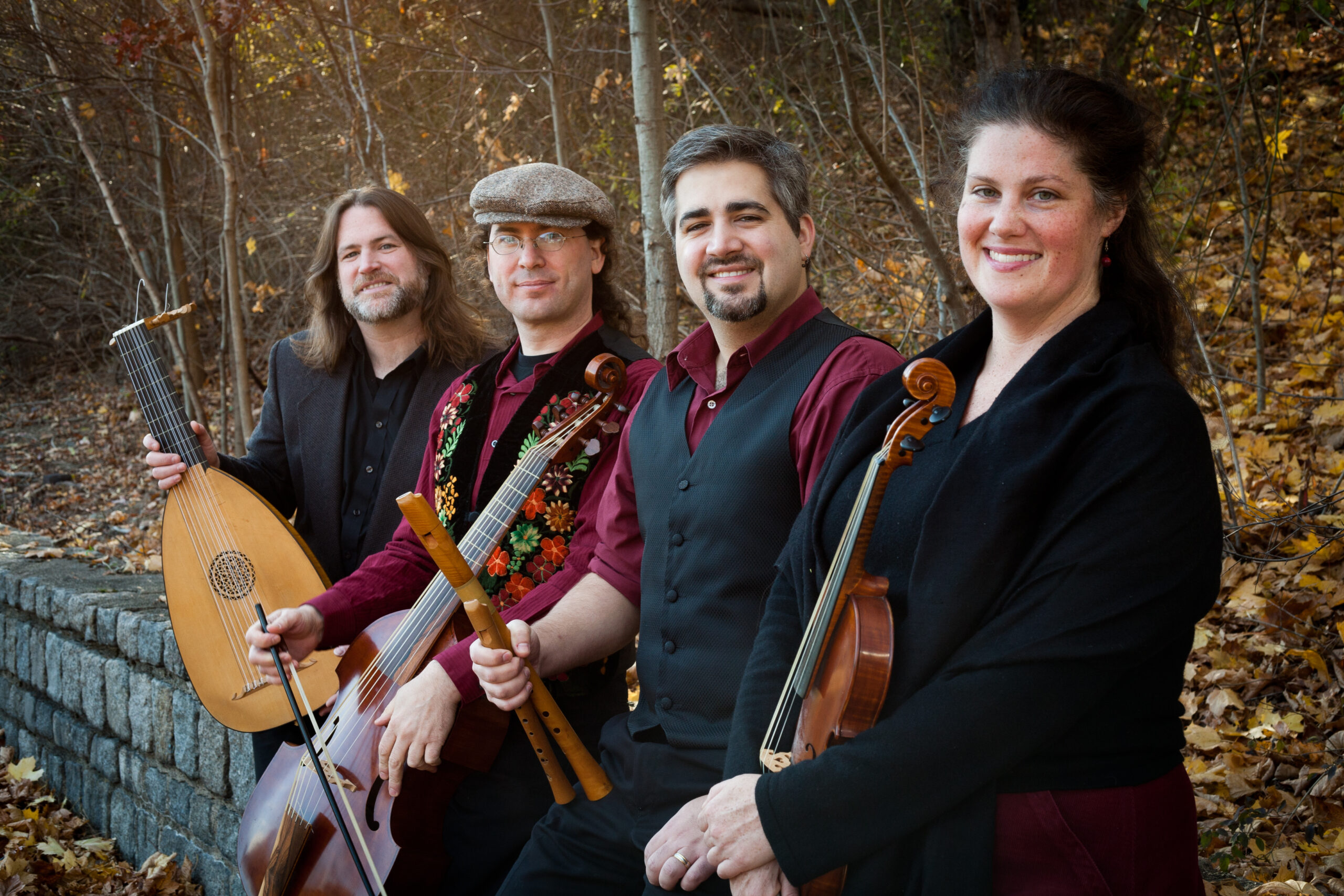
Read More

Read More

Read More

Read More

Read More

Read More

Read More

Read More

Read More

Read More

Read More

Read More
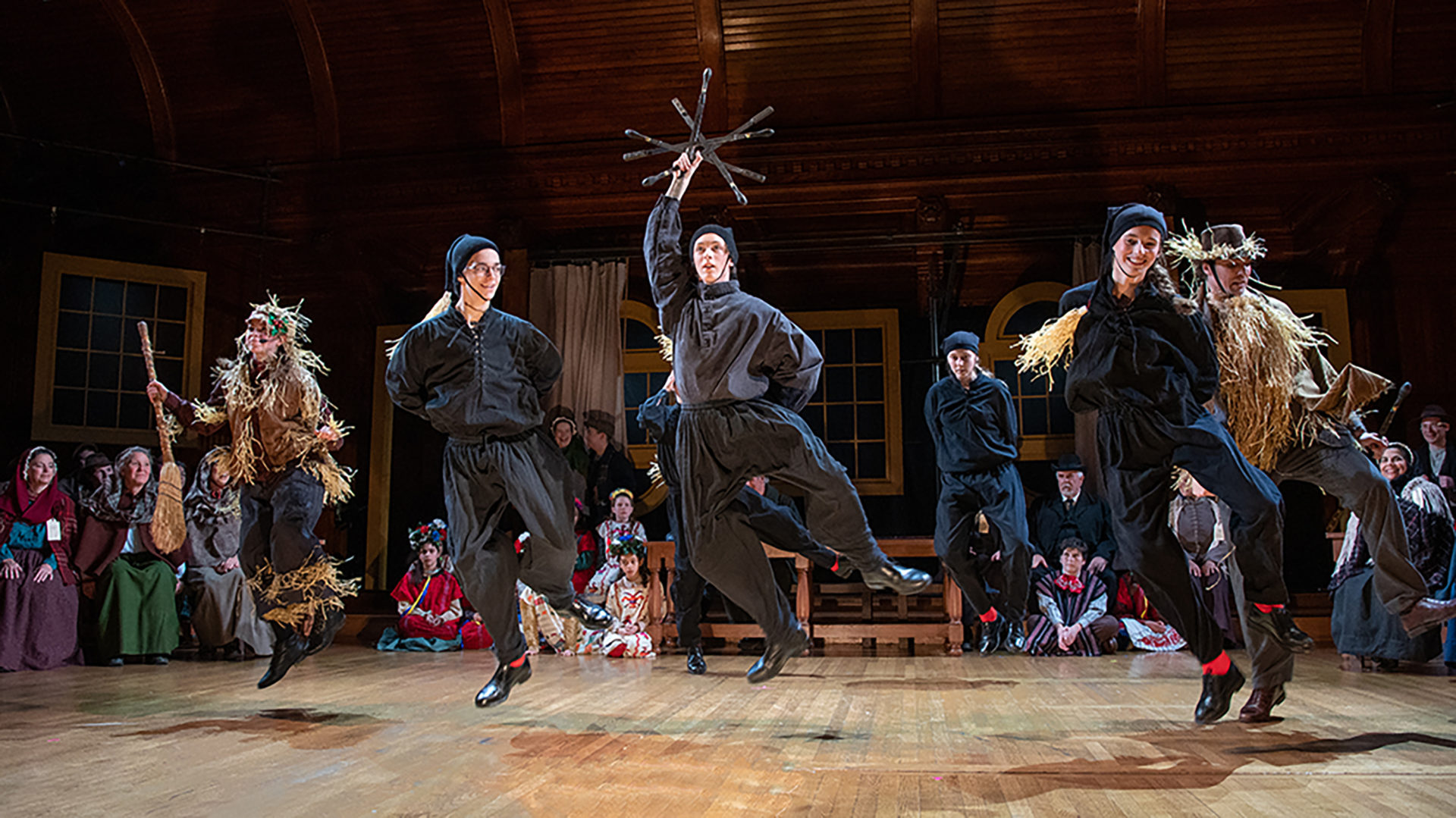
Read More

Read More

Read More

Read More

Read More

Read More

Read More

Read More

Read More

Read More

Read More

Read More
Read More

Read More

Read More
Read More

Read More

Read More

Read More

Read More
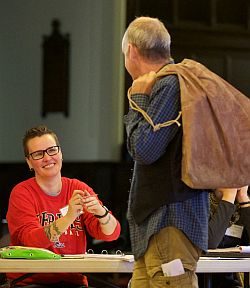
Read More
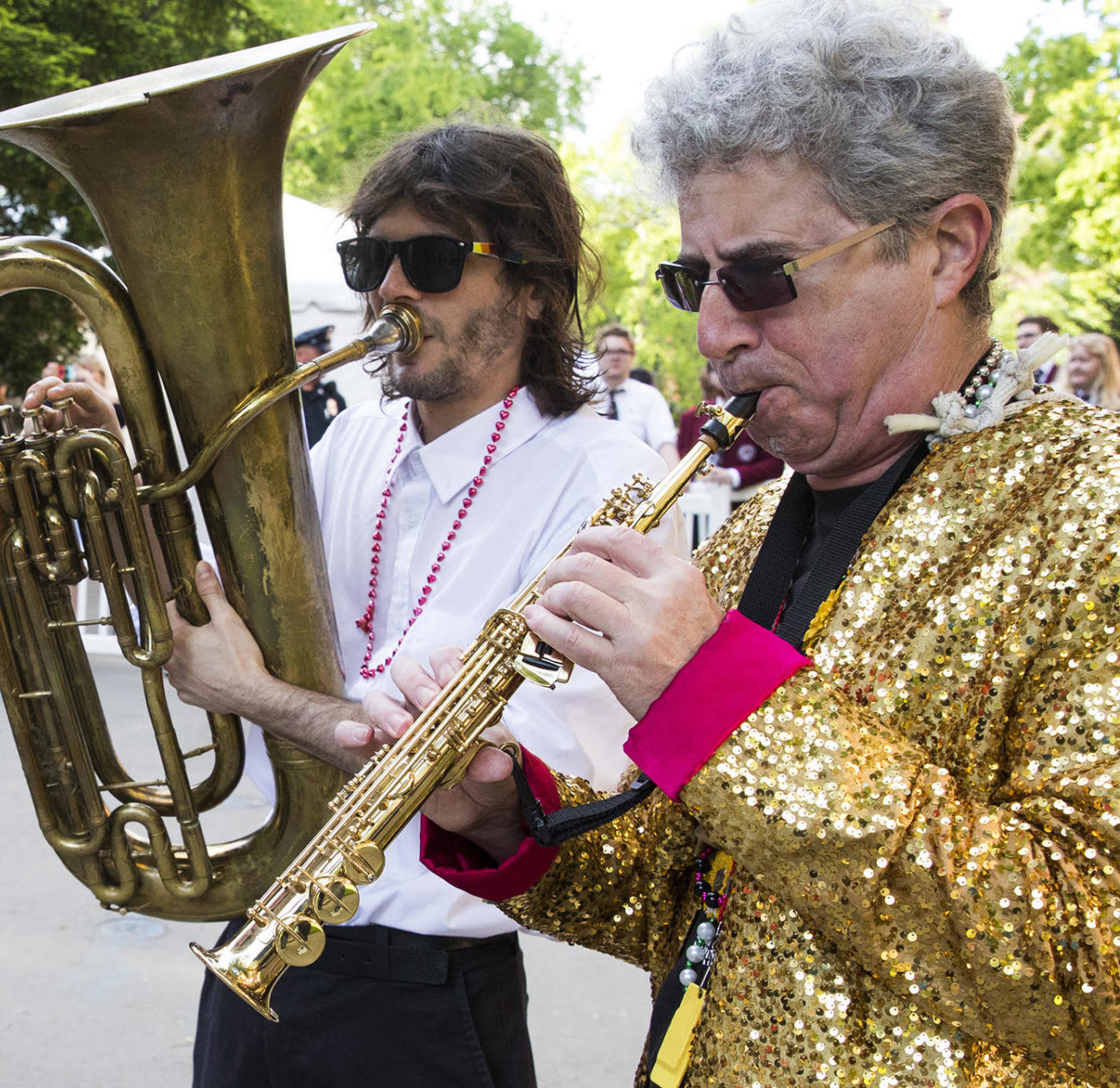
Read More

Read More

Read More

Read More

Read More
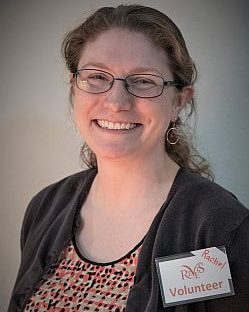
Read More

Read More

Read More

Read More
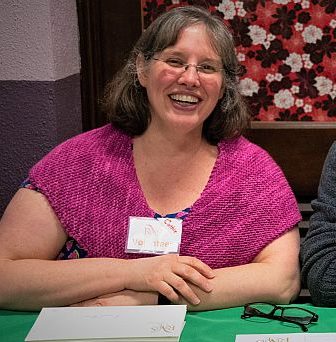
Read More

Read More

Read More

Read More

Read More

Read More

Read More

Read More

Read More

Read More

Read More

Read More

Read More

Read More

Read More

Read More

Read More

Read More

Read More

Read More

Read More

Read More

Read More

Read More

Read More

Read More

Read More

Read More

Read More

Read More

Read More

Read More

Read More

Read More

Read More

Read More
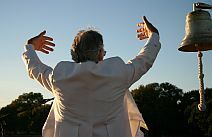
Read More

Read More

Read More
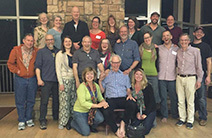
Read More

Read More

Read More
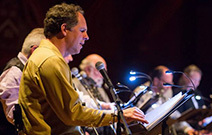
Read More
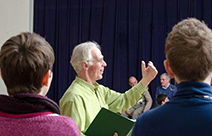
Read More

Read More
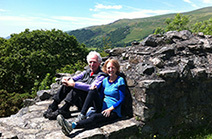
Read More

Read More

Read More

Read More
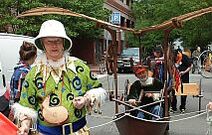
Read More

Read More

Read More
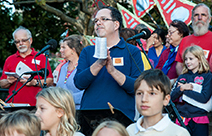
Read More
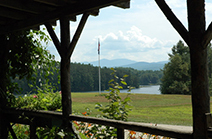
Read More

Read More

Read More

Read More

Read More

Read More

Read More

Read More
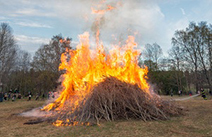
Read More

Read More

Read More

Read More

Read More

Read More
